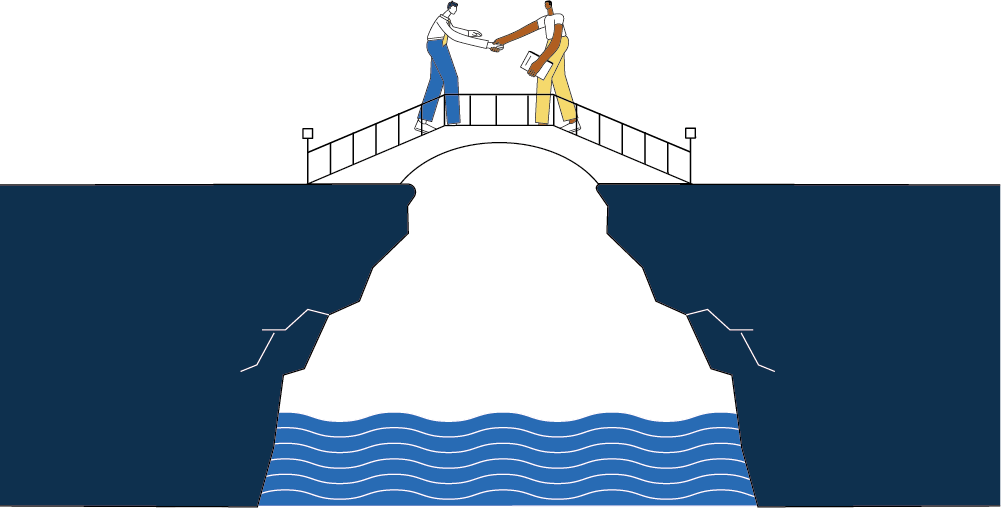
The Actuaries Climate Index (ACI) will offer online information about climate change for use in risk models and risk management applications, fulfilling not only an actuarial need but a public one as well: Actuaries can use it to account for climatological trends in models, and the public can use it to understand how long-term climate changes can cause extreme weather.
The ACI will be available for use by actuaries, public policy makers and the general public through a website housing the data. The site, which will be available at actuariesclimateindex.org, is scheduled to be launched in late 2016.
The online index was developed in conjunction with Solterra Solutions, the same private firm that produced the first part of the project, “Determining the Impact of Climate Change on Insurance Risk and the Global Community Phase I: Key Climate Indicators.” The Phase I report was published in late 2012 and summarizes data from climate change research over many decades. It was prompted by trends showing increases in climatological changes such as higher surface temperatures, decreasing ice cap masses and extremes of heat and precipitation, just to name a few.
A Coalition Forms
Extreme events (e.g., strong winds, flood and drought) and other factors often have a significant impact on insurance claims. These extreme events, particularly heat and cold, can also affect mortality and health.
Driven by their common interests, the CAS, American Academy of Actuaries, the Canadian Institute of Actuaries and the Society of Actuaries formed a group to address climate change and its implications for the insurance industry. The coalition was also inspired by a need to educate the public about climate change.
The Mechanics
Using a bank of historical data, the index thus far shows increased frequency of extreme weather patterns. For instance, T90, the index for hot days, has been growing since the mid-1980s. The cold-day index, T10, has been declining. In short, notably hot days are on the rise while notably cold days are fewer.
Initially, the ACI will cover the United States and Canada, splitting the two countries into 12 regions. Each region will have its own set of indices, consolidating measurements taken on grids of approximately 140 square miles. The ACI is a factor of six components: extreme temperatures (high and low), extreme precipitation, consecutive dry days, high winds and sea levels.
Each quarter, the ACI will provide a summary measurement of these statistics in each region and will develop commentary explaining the movements.
Each component will be defined by its measurements during the reference period from 1961 to 1990 and the subsequent changes in those measurements.
For each region, the six components will be combined into one metric, the ACI. Those regional indices will then be pooled into a single index for all of the United States and Canada. Higher index values represent an increase in the frequency of extreme weather events.
Using the ACI, pricing actuaries can incorporate historical long-term trends into their mathematical models. Actuaries and others working in enterprise risk management can use the index to quantify risks of increasing claim activity.
Looking Ahead
For now, the ACI will monitor only part of North America, but discussions are underway to expand the project’s geographic scope with other actuarial organizations around the world contributing to the index.
In addition, the coalition is developing a separate Actuaries Climate Risk Index or ACRI. This second index will measure correlations between changes in the frequency of extreme events as measured by the ACI and economic losses, mortality and morbidity.
Doug Collins, chair of the CAS Climate Change Committee, characterized the ACI as an example of actuaries using their data analytic skills to shed light in an area not traditionally associated with actuarial science.
New ACI values will be posted quarterly on actuariesclimateindex.org as data for each meteorological season becomes available. The website also features interactive maps and graphs showing the changes in each of the component parts over the years and documents outlining the genesis and development of the project, including the actuarial basis for the index.
What’s the difference between weather and climate?
NASA has this to say:
“The difference between weather and climate is a measure of time. Weather is what conditions of the atmosphere are over a short period of time, and climate is how the atmosphere ‘behaves’ over relatively long periods of time.” February 1, 2005
See also NASA’s video “130 years of Global Warming in 30 seconds” for a graphic depiction of climate data.
Actuaries Weigh In on Climate Change
To learn more about what actuarial thought leaders are saying about climate change, read “Essays on the Impact of Climate Change on the Insurance Industry” in the Winter 2014 E-Forum.













